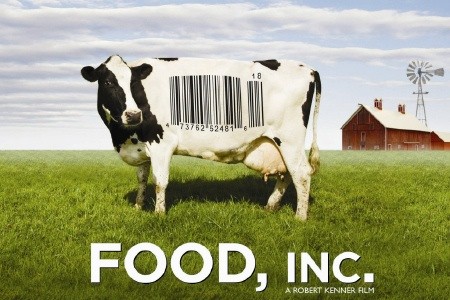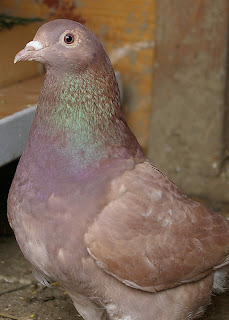At YellowTree Farm, we're always thinking of ways to remain productive during the colder months. Late last summer, we decided our cold-weather project this year should be growing microgreens.
Microgreens are a tiny form of edible greens produced from the seeds of vegetables, herbs or other plants. They're used in a variety of ways, including as salad components and as garnishes. Microgreens can have surprisingly intense flavors considering their diminutive size, making them perfect as a flavor accent.
Their tiny size makes them nutrient-dense - all the energy it takes to grow from seed to full-size vegetable is packed inside these tiny greens. Microgreens are often higher in protein, phyto-chemicals, vitamins and minerals than their full-size veggie counterparts.
We offer them to chefs in custom blends. The varieties we grow include: arugula, beet, brocooli, carrot, Chinese heading mustard, chrystanthemum shungiku, collard greens, fennel, fenugreek, leeks, mizuna, onion, pac choi, purple kohlrabi, radish, red mustard, red Swiss chard, tatsoi, and Tokyo bekana. Keep an eye out for our microgreens at your local restaurant.
 If you've been following us on Twitter or Facebook, you know we built ourselves an outdoor kitchen last summer (primarily to beat the heat while still being able to cook amazing meals). In the early part of fall we were blessed with an upgrade to our kitchen: a six-burner, two-oven Wolf range with a flat top. It's been in use virtually every day since we got it, and it's so enjoyable to cook on.
If you've been following us on Twitter or Facebook, you know we built ourselves an outdoor kitchen last summer (primarily to beat the heat while still being able to cook amazing meals). In the early part of fall we were blessed with an upgrade to our kitchen: a six-burner, two-oven Wolf range with a flat top. It's been in use virtually every day since we got it, and it's so enjoyable to cook on. In animal news: We obtained more squab to replace the ones killed by the raccoon last summer, and they seem to be doing well – pairing off and making nests. We've also begun raising quail again, and nearly two dozen quail chicks hatched just a few days ago. We also hatched a handful of ducklings, and welcomed two litters of rabbits to the homestead.
In animal news: We obtained more squab to replace the ones killed by the raccoon last summer, and they seem to be doing well – pairing off and making nests. We've also begun raising quail again, and nearly two dozen quail chicks hatched just a few days ago. We also hatched a handful of ducklings, and welcomed two litters of rabbits to the homestead.

























